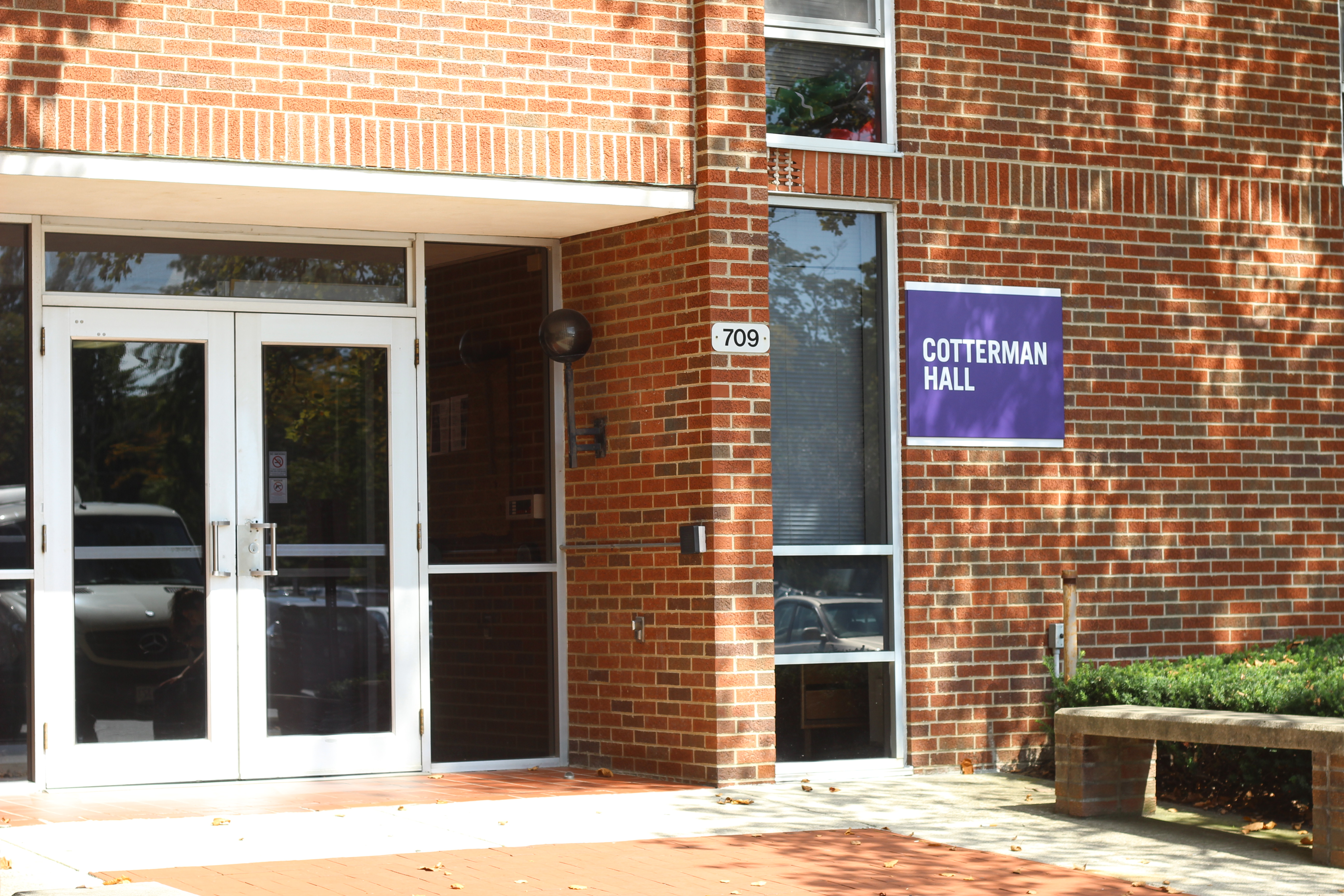When most students are considering prospective colleges, one of the main factors in their choice is residence life. So, how does Capital’s residential life compare to other local colleges?
Capital has nine residence halls: Saylor-Ackermann, Lohman, Cotterman, College Avenue Apartments, Capital Commons, Schaff, Capital University Apartments, Sheridan Avenue Apartments, and Sheridan Avenue Houses. All residence facilities come with coin-free washers and dryers.
Saylor-Ackermann can house 250 residents. They have community showers and restrooms on each floor, a community study room that is equipped with a microwave, and a computer lounge with a printer on the ground floor. Saylor-Ackermann’s room sizes vary from 12′ x 16′ to 15′ x 17′, depending on what side of the building it is located.
Lohman also features community bathrooms on each floor along with a community room and microwave, as well as a large community room that is furnished. A double room in Lohman is 12′ x 15′.
Capital student’s, on average, will pay $5,000 per year on a dining plan. Food options on campus include Capital Court, the main dining room; Capital Grounds, a coffee house in Saylor-Ackermann; and One Main Café, a restaurant-style eatery. In addition, there are two exercise facilities; the Mezz Fitness center and the Capital Center.
Ohio Dominican University (ODU), in contrast, has five residence halls.
“I liked the residence areas because there was a lot of room, but the only options were dorms,” ODU sophomore Connor Baughman said. “It would be better to have more options.”
Similar to Capital, Ohio Dominican has three dining options on campus. However, they only offer one exercise facility. Rooms measure either 12.8′ x 9.6′ or 15′ x 10′ depending on the hall and room style, and their average meal plan cost is roughly $5,200 per year.
Another geographically close comparison, Otterbein University, has five residence halls strictly for first-year students. They provide 10 housing options in total, including theme houses. Davis Hall, a first-year and upper-classman dorm, has a lounge on each floor and a kitchen and laundry room on the first floor, with rooms that are 11′ x 15.5′. They offer four dining areas and a single recreation and fitness center, with a meal plan costing $4,900 per year.
Ohio State University differs greatly from Capital, but they also have 38,000 more students to take care of. They have 39 residential accommodations, five recreation centers, and 28 different dining options. The average yearly cost for dining is $4,100. Like most of the local colleges and universities, Ohio State also doesn’t offer air conditioning in all of the residence halls.
The Columbus College of Art & Design (CCAD) is definitely the smallest of the other academic institutions, only having about 1,000 undergraduate students. They only have two on-campus residence facilites and one fitness center. They also offer two different places to eat; a market and a café that features the same Crimson Cup coffee found in Capital Grounds.
Special to the CCAD is a supply store located on campus. Since the students there will inevitably need many art supplies, having an art store located on campus is extremely beneficial.
Interestingly enough, Ohio State has the highest average cost of living out of the other four universities.
Otterbein has the cheapest average meal plan costs, but Ohio State has the highest student rating when it comes to campus food, which is to be expected due to the overwhelming amount of places to eat. All of the schools show a high percentage of students feeling that they are safe on campus; in fact, none of them drop below 70 percent.
Capital’s main attention-getter when compared to all of these colleges and campuses is our amount of events and traditions. Not only do we have more, but they are also more enjoyed and more popular among students.
Although all of these campuses look great on paper, the main complaints and issues about residential life usually come after the first week or two of actually living on a campus.
“[The dorm] is very hot and smelly,” Capital first-year Hunter Patterson said, “but I do feel that I am well taken care of.”
Other students also have the same complaints as Hunter. Some believe that it would be cheaper to just let students bring their own air conditioner instead of having multiple fans running constantly in each room.
The most common of debates on Capital’s campus so far this semester have been centered around Capital’s dorm rearrangement. Instead of first-years living in Lohman and Cotterman, the majority have been moved into Schaff, typically an upper-classman dorm, with the overflow going in Lohman. This change results in a solid portion of upperclassmen and first-years alike complaining about air conditioning, dorm size, and restroom facilites.
Unfortunately, even at the highest-rated college in terms of dorm and residential life (Washington University in St. Louis), there will always be some type of complaint or problem. The most important thing is that students feel safe and well cared for while experiencing all of the wonders that are college life.

